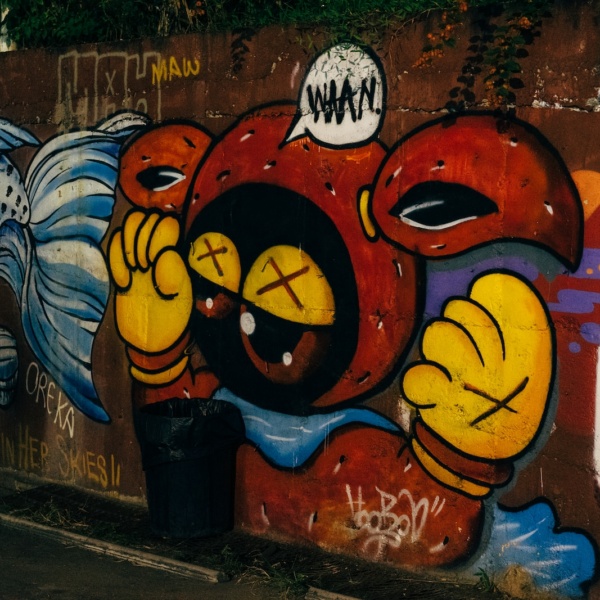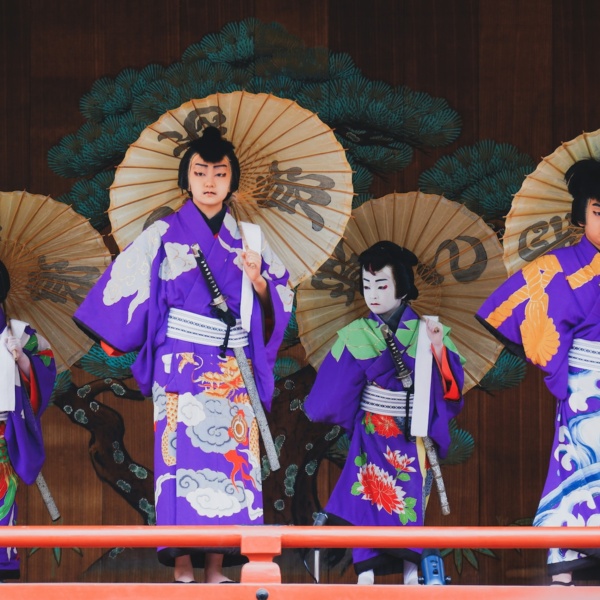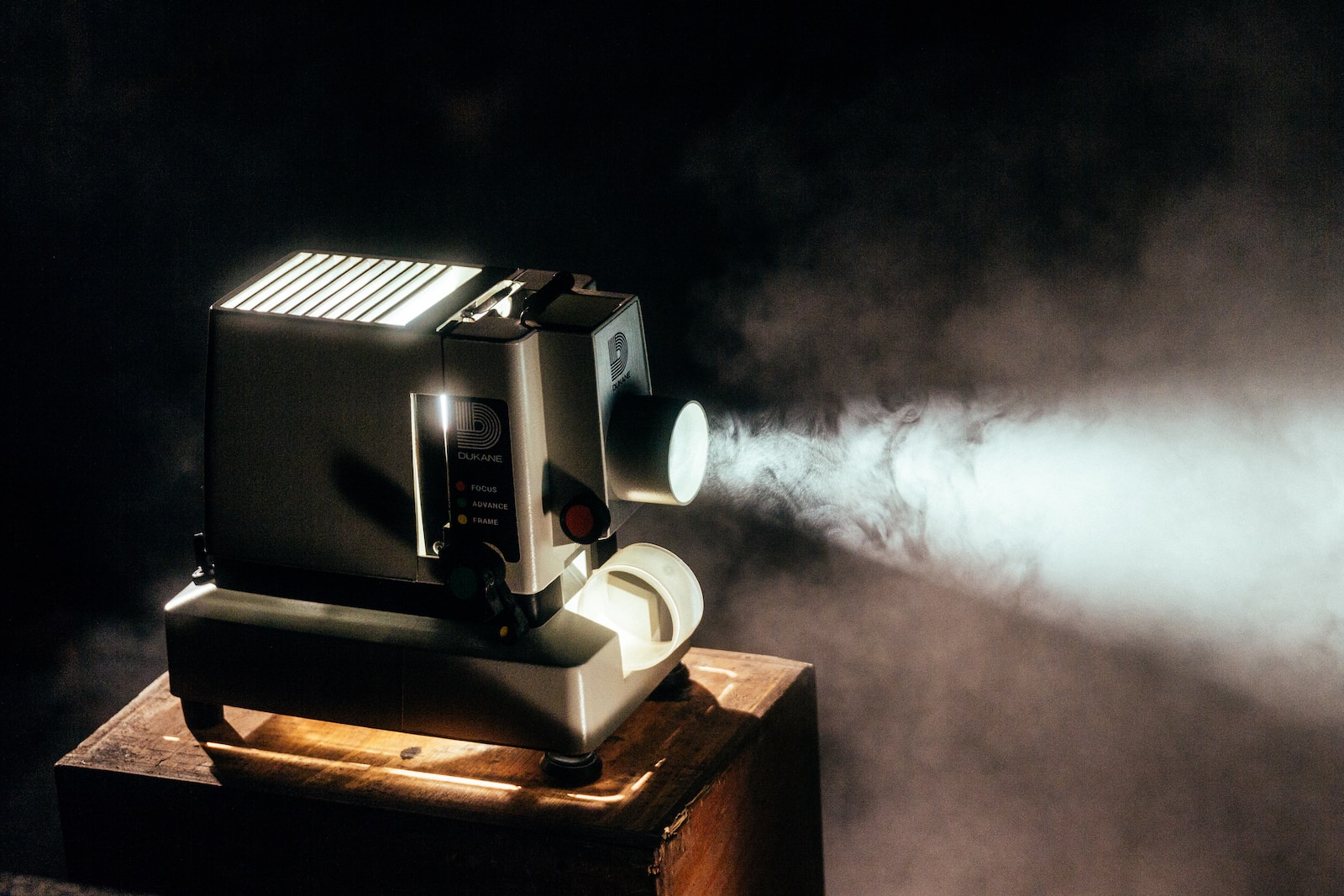
Lights, camera, revolution! The cinematic landscape has witnessed its fair share of upheavals over the years, but none quite as dazzling as the rise of New Hollywood Cinema. Imagine a world where traditional studio conventions meet the bold creativity of a new generation of filmmakers. That, my friends, is the essence of the cinematic revolution that has unfolded over the past few decades.
The Old Guard and the Birth of New Hollywood Cinema
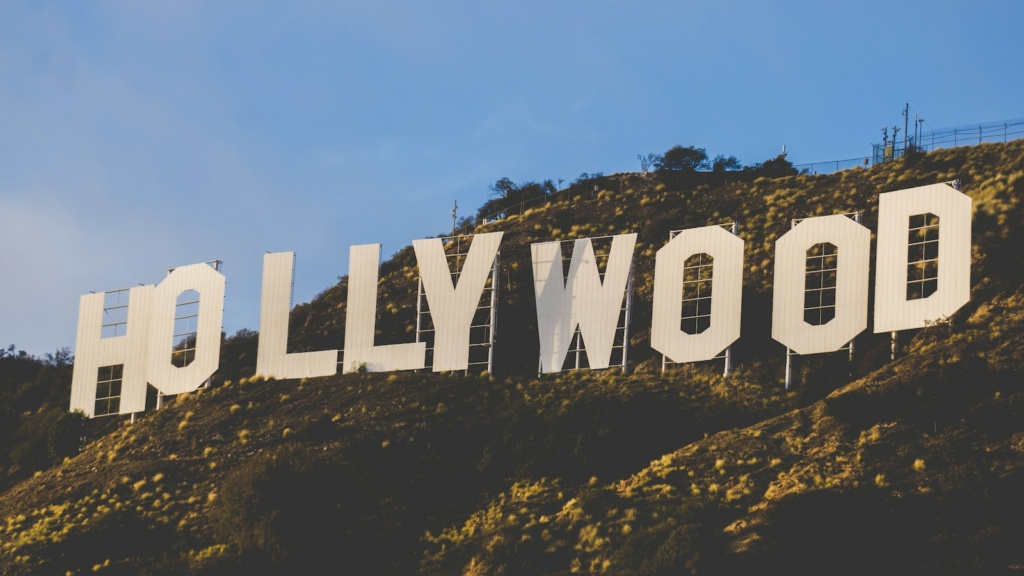
Before we delve into the glorious chaos that is New Hollywood, let’s take a stroll down memory lane. The Golden Age of Hollywood, with its glittering studios and larger-than-life stars, had a good run. But as the ’60s rolled in, so did a generation eager to break free from the constraints of the past.
The rebellion began with a group of young, ambitious directors who sought to challenge the status quo. These visionaries, including the likes of Francis Ford Coppola, Martin Scorsese, and Steven Spielberg, were ready to ditch the glossy sheen of studio productions in favor of gritty realism and unfiltered storytelling.
Raging Bulls and Unconventional Cowboys
One of the defining features of New Hollywood was its willingness to tackle taboo subjects head-on. Take Martin Scorsese’s “Taxi Driver” (1976), for example. The film doesn’t shy away from the darker corners of society, providing a raw and unapologetic glimpse into the mind of a disturbed Vietnam War veteran. Scorsese’s masterful direction and Robert De Niro’s haunting performance combine to create a cinematic experience that lingers long after the credits roll.
Meanwhile, Francis Ford Coppola unleashed the monumental “Apocalypse Now” (1979) upon the world. A visually stunning and psychologically intense exploration of the Vietnam War, the film exemplifies the daring spirit of New Hollywood. Coppola’s willingness to take risks, both creatively and financially, marked a departure from the carefully curated images of the past.
And who could forget the impact of Steven Spielberg’s “Jaws” (1975)? It not only birthed the summer blockbuster phenomenon but also showcased a new era of special effects that forever changed the way we experience cinema. Spielberg’s ability to seamlessly blend heart-pounding thrills with character development became a blueprint for countless filmmakers to come.
The Godfather(s) of New Hollywood
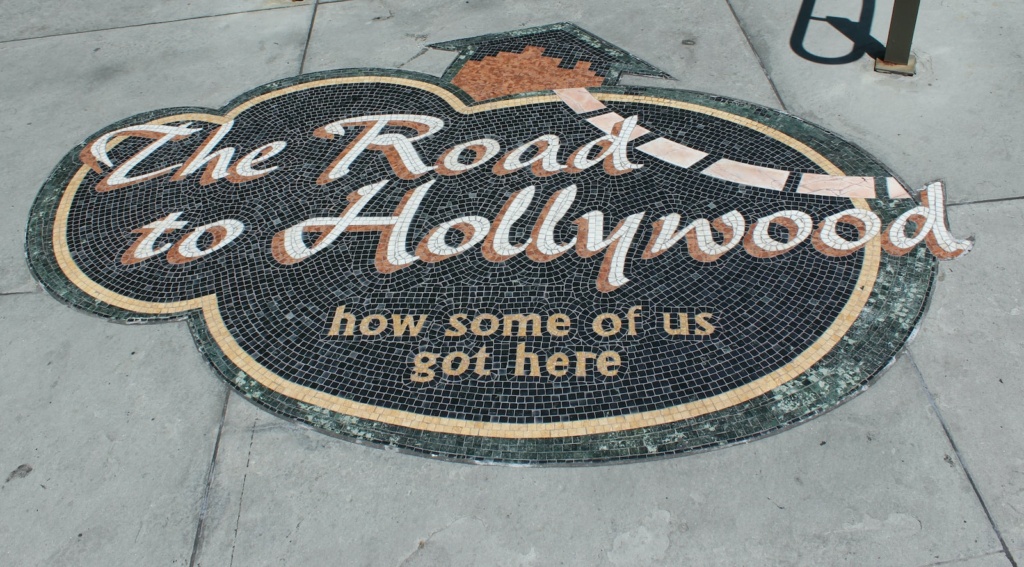
No discussion of this cinematic revolution would be complete without a nod to “The Godfather” trilogy. Francis Ford Coppola’s epic saga, particularly the first two installments released in the early ’70s, not only redefined the gangster genre but also set a new standard for storytelling in cinema.
Marlon Brando’s iconic portrayal of Vito Corleone in “The Godfather” (1972) and Al Pacino’s intense transformation from war hero to mafia kingpin in “The Godfather Part II” (1974) are testaments to the power of character-driven narratives. These films proved that audiences were hungry for complex, morally ambiguous stories that transcended the traditional boundaries of good versus evil.
Auteur Theory: Directors as Rockstars
New Hollywood brought forth the concept of the auteur, a director whose personal vision and style are so distinctive that their films become a form of personal expression. Directors were no longer just hired hands; they were the rockstars of the film industry. Take a moment to appreciate the audacity of someone like Stanley Kubrick, whose enigmatic films such as “2001: A Space Odyssey” (1968) and “A Clockwork Orange” (1971) challenged audiences to ponder the mysteries of existence and the darker sides of human nature.
Dollars and Sense: The Business of Blockbusters

As much as New Hollywood was about artistic expression, it also reshaped the business side of the film industry. The shift towards blockbuster filmmaking marked a departure from the days when smaller, character-driven stories dominated the silver screen. While auteurs like Spielberg and George Lucas embraced the potential of big-budget productions, they also found ways to infuse them with heart and soul.
Spielberg’s “E.T. the Extra-Terrestrial” (1982) is a prime example of a blockbuster that tugs at the heartstrings. The tale of a young boy and his alien friend became a cultural phenomenon, proving that even in the world of special effects and grand spectacle, emotional storytelling remained a potent force.
Legacy and Influence
The impact of New Hollywood continues to reverberate through the film industry today. Filmmakers like Quentin Tarantino, Christopher Nolan, and the Coen Brothers owe a debt to the rebels who paved the way for unconventional storytelling. The indie film movement, with its emphasis on original voices and unique perspectives, can also trace its roots back to the bold experiments of New Hollywood.
In conclusion, New Hollywood Cinema was more than just a passing trend; it was a seismic shift that reshaped the very DNA of filmmaking. From the mean streets of Scorsese’s New York to the far reaches of space in Spielberg’s imagination, these directors dared to dream big and challenge the norms. As we continue to enjoy the fruits of their labor, let’s raise a toast to the rebels, the dreamers, and the celluloid revolutionaries who forever changed the way we experience the magic of the movies. Cheers to New Hollywood!

